Compton Verney reveals its 2025 exhibition programme
History, myth, storytelling and archaeology are just some of the fascinating themes that Compton Verney’s exhibition programme will be exploring throughout 2025. The Warwickshire art gallery and park will invite visitors to consider how such things relate to the cycles of life, nature and our experience, as humans, of living in and understanding the modern world.
Breathing with the Forest: Marshmallow Laser Feast (MLF) | 8 February – 6 April 2025
This immersive video installation – created by experiential artist collective Marshmallow Laser Feast (MLF) – will inhabit Compton Verney’s iconic Adam Hall, with its direct connection to the landscape outside.
Breathing with the Forest is an immersive work that illuminates the mutually beneficial relationship between the strange looking capinuri tree (Maquira coriacea) and its surrounding ecosystem in the Colombian Amazon.
In recreating a real plot of Amazonian forest, in its full majesty and astounding detail, the installation reveals the beauty and fragility of these tropical environments and brings to light the many delicate symbiotic relationships that exist between major kingdoms of life.
Surrounded by the rainforest’s pulsing rhythms, visitors are invited to synchronise their breath by following a series of audiovisual cues born of the forest. In so doing, a hidden network of interconnections emerges, and, in this moment of communion, Breathing with the Forest aims to inspire a sense of connection with the natural world.
Based on a series of video screens, audiences can move freely around the cavernous space of the Adam Hall, observing the intricate flow of carbon, water and oxygen from the forest floor all the way up to the tree canopy and beyond, into the air.
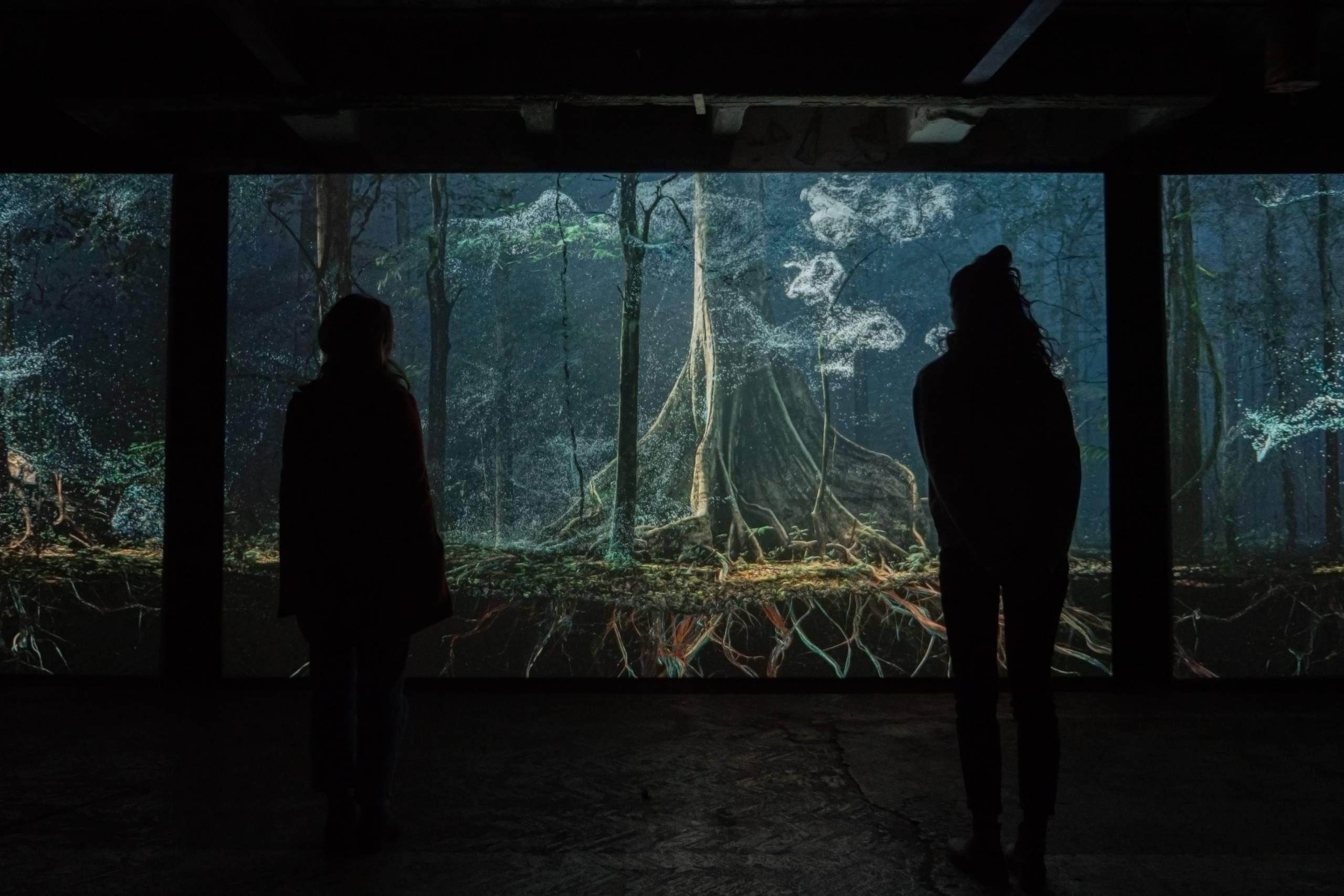
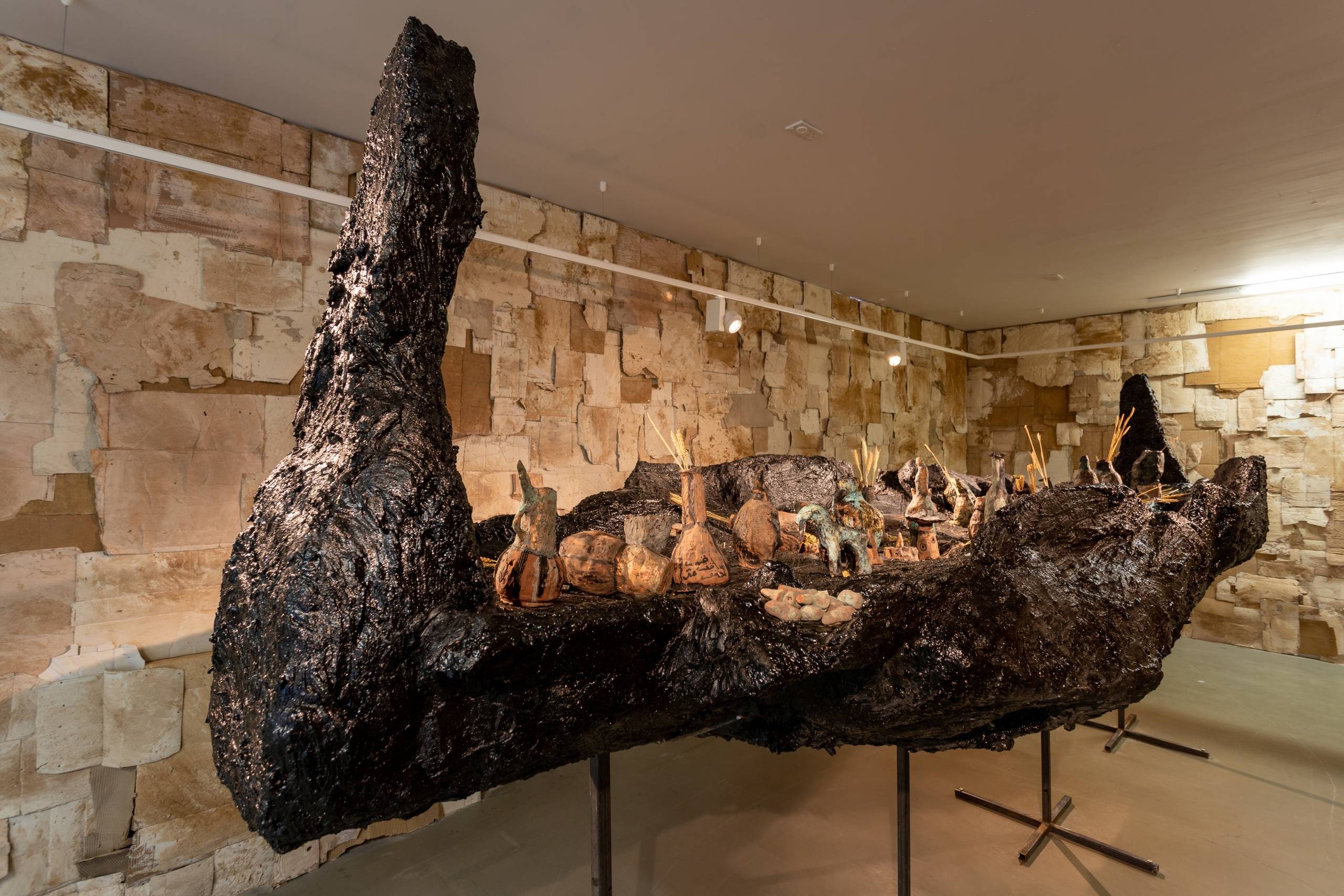
Emii Alrai | 15 February – 15 June 2025
Emii Alrai (b.1993) will present a series of reworked and newly commissioned installations, plus sculptural works, for her exhibition at Compton Verney. The new work is inspired by the gallery’s nationally important Naples Collection and will focus on themes of volcanic eruption and geological rupture as metaphors for our times.
Weaving together ancient mythologies from the Middle East and oral histories from her own Iraqi heritage, Alrai will also create a sequence of darkening rooms that emulate nightscapes and archaeological digs. By creating these immersive environments, the artist will dramatise the exhibition spaces, creating exciting moments of discovery, in the vein of Howard Carter’s discovery of the tomb of Tutankhamun, lit by a single match.
As both an artist and museum registrar, Alrai’s work often draws attention to the contrast between the polished aesthetics of museums and the states of ruin which often befall historical objects and the landscapes they are excavated from. Working primarily in sculpture and installation, Alrai is known for creating large-scale pieces – such as clay vessels, gypsum forms and steel armatures – that echo museum interiors and displays, while confronting romanticised visions of the past.
Towering Dreams: Extraordinary Architectural Drawings | 15 March – 31 August 2025
During the 18th and 19th century, new buildings began to sprout up across towns, cities and country estates in Britain. It was during this period that many of the country’s most iconic buildings were constructed, among them Compton Verney itself.
Whilst they may seem traditional and familiar to us today, the inspirations behind many of them were often either whimsical or fantastical. Architects modelled country houses and grandiose dog kennels on ancient temples, marked graves with monumental pyramids and even designed buildings in the shape of their own initials.
Of course, many of these grand edifices owed much of their design to places seen or visited on the European ‘Grand Tour’, such as ancient Greek and Roman temples, or were amalgams of European ecclesiastical and secular historic styles. Asia also influenced architects of the time.
This exhibition explores how draughtsmen of the 18th and early 19th centuries understood the world around them and the ideas and cultures that inspired them. Drawn from the collection of Sir John Soane’s Museum, amassed by one of Britain’s most famous and pioneering architects, Towering Dreams features plans for buildings which were realised and ideal constructions that never went further than the architect’s drawing board.
The show will also include depictions of the far-flung places which fired-up the architectural imagination. Many of these drawings were created to accompany the lectures given by Sir John Soane (1753-1837) at the Royal Academy, acting as illustrations for his own architectural philosophy.
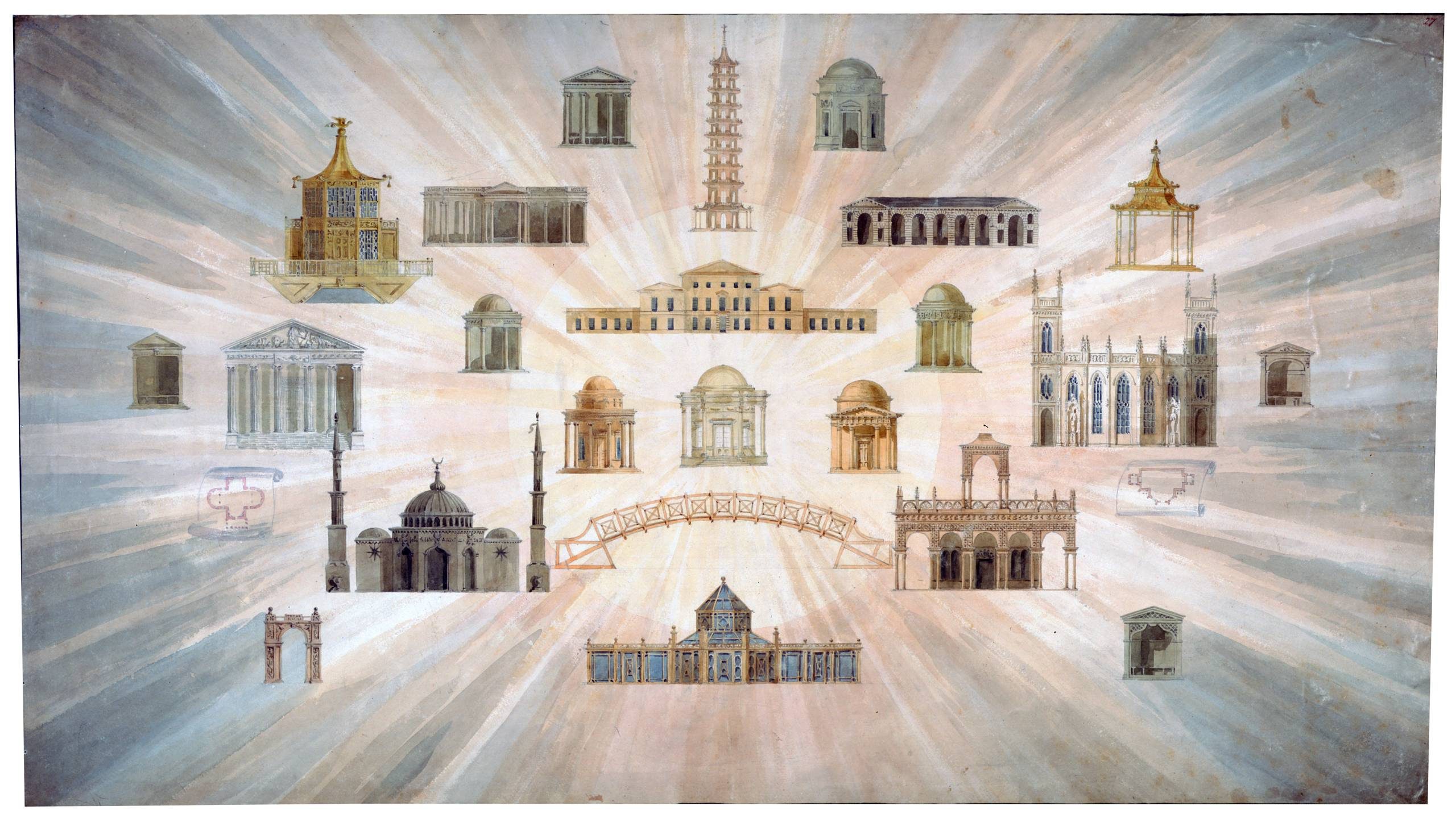
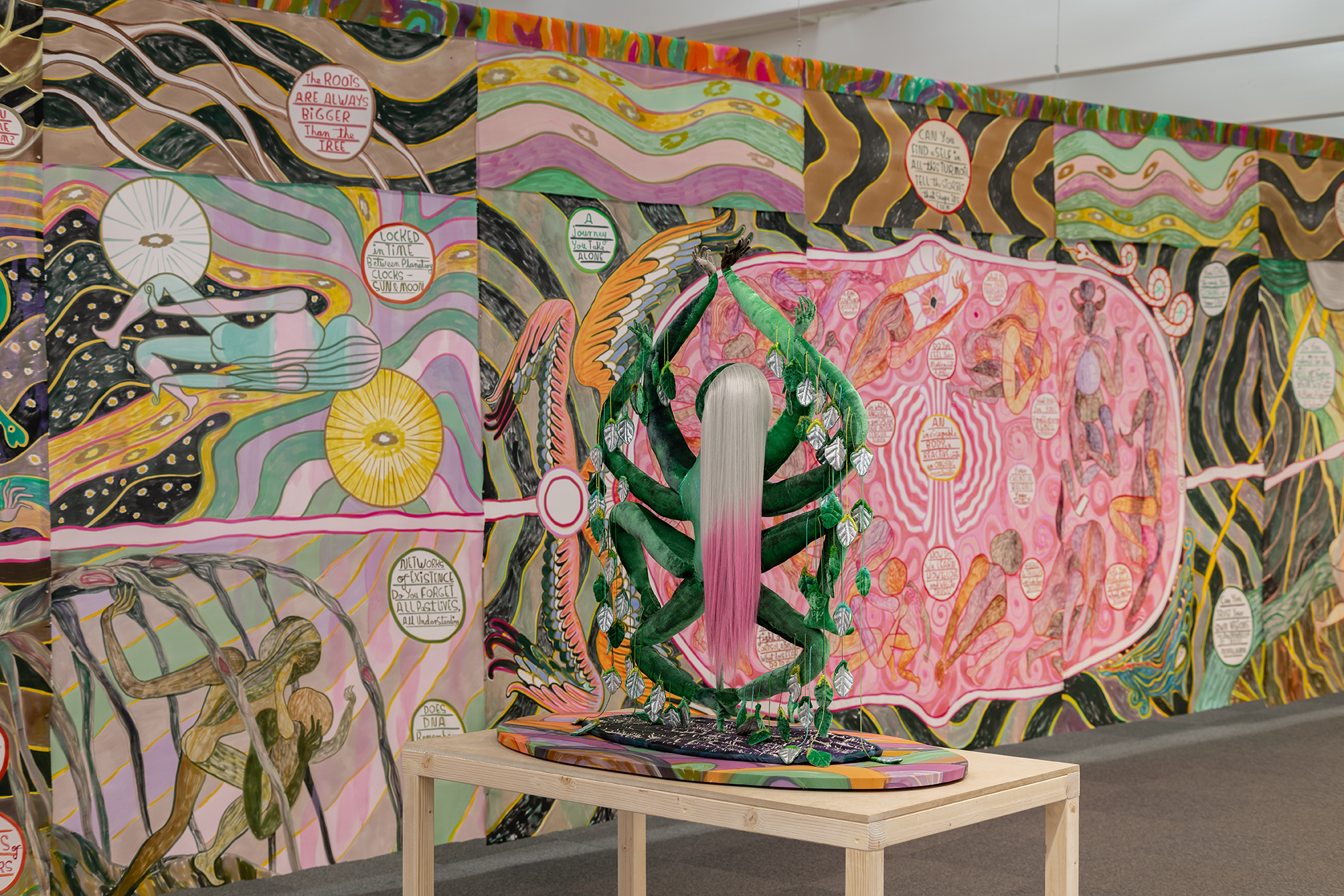
Emma Talbot | 5 July – 5 October 2025
For Compton Verney’s major summer exhibition, award-winning artist Emma Talbot (b.1969) has assembled a collection of new and recent work that powerfully explores the experience of life; from birth to death.
Talbot works in a variety of media and this show will feature examples of her sculpture, painting, animation, drawing and large-scale paintings on silk – a material she explores for its lightweight and expansive properties, along with the fact that it can also be cut, sown, patched and shaped. Works such as The Human Experience (Your Birth) (2023) and The Human Experience (Your Death) (2023) present visual epics which not only chart our shared human experiences, but also the increasing lack of connection to nature and the cycles of life.
At the heart of the exhibition is her epic, new installation The Tragedies (2024), which draws on examples of tragedies, such as that of the Ancient Greek story of Medea – who killed her two sons as an act of revenge. The work is a reflection on the extent of unbelievable acts of aggression that exist in times of confrontation, such as the compulsion to kill to retain control.
The exhibition also confronts our shifting relationships with technology, language and communication, exploring how, in new forms and guises they can transform public and political narratives. Ultimately, it invites visitors to reflect on what it is to be human.
Renee So | 21 September 2025 – 8 March 2026
This solo exhibition by Renee So (b.1974) is the first to focus specifically on her relationship with Chinese history and identity. Through a range of sculptural and ceramic work, the Hong Kong-born artist will consider the trade of goods and ideas between China and the West, and how perceptions of this history have been distorted and re-fashioned, largely by western preconceptions and orientalism. The exhibition showcases new and existing works by So, including her series of darkly playful objects, such as over-sized ceramic snuff bottles shaped like lemons, noses, or poppy seeds. Snuff bottles originated in the time of the Qing Dynasty (1644-1911) and today can be found in the collections of many Western museums.
Visitors will also encounter a series of perfume bottles that caricature the shapes and titles used by familiar modern brands. With names such as Opium, Invasion and Poison, So is reminding us of historic trade relations between Britain and China during the 19th century and the brutal violence of the Opium Wars (1839-1860), questioning why luxury brands glamorise this history.
So will also be unveiling a new series of anthropomorphised vessels which respond directly to the forms of the Li and the Ding, tripod ritual vessels found in Compton Verney’s own collection of Ancient Chinese ceramics and bronzes. Her forms also respond to plants, such as the finger lemon or Buddha’s Hand lemon, This unusual fruit captivated historic Western collectors such Cassiano del Pozzo. Here, So interrogates the transfer and collection of knowledge and the cultural preconceptions that affect this.
The centrepiece of the exhibition will be a ‘magic mirror’, which is based on bronze mirrors that were popular during the Han (206 BC – 24 AD) and later Song (960-1279AD) Dynasties. These objects can project their surface imagery onto nearby walls and on So’s version the carved surface of the mirror depicts two women playing cuju – an ancient Chinese ballgame that predates football – upending received expectations about gender, sport and history.
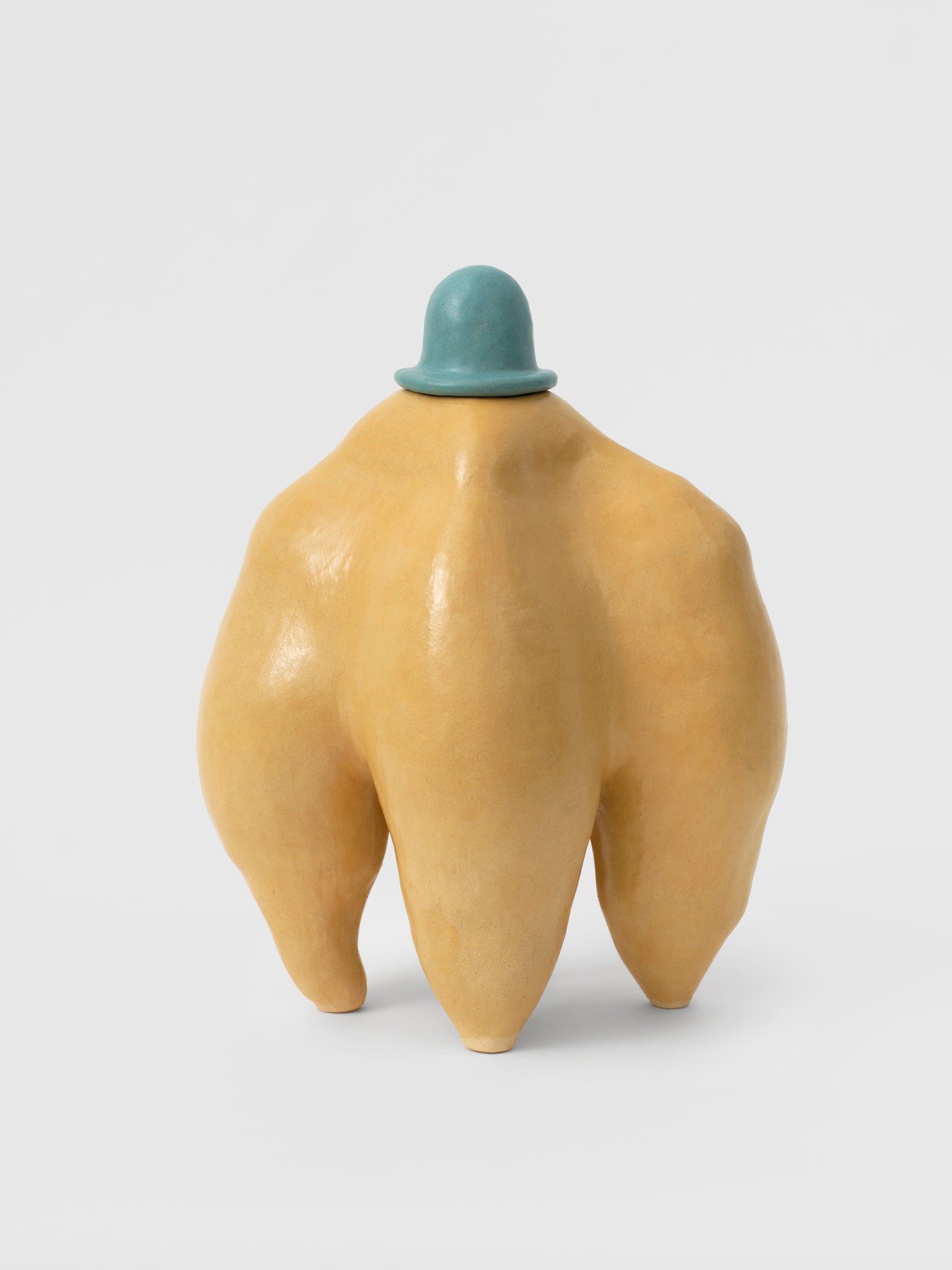
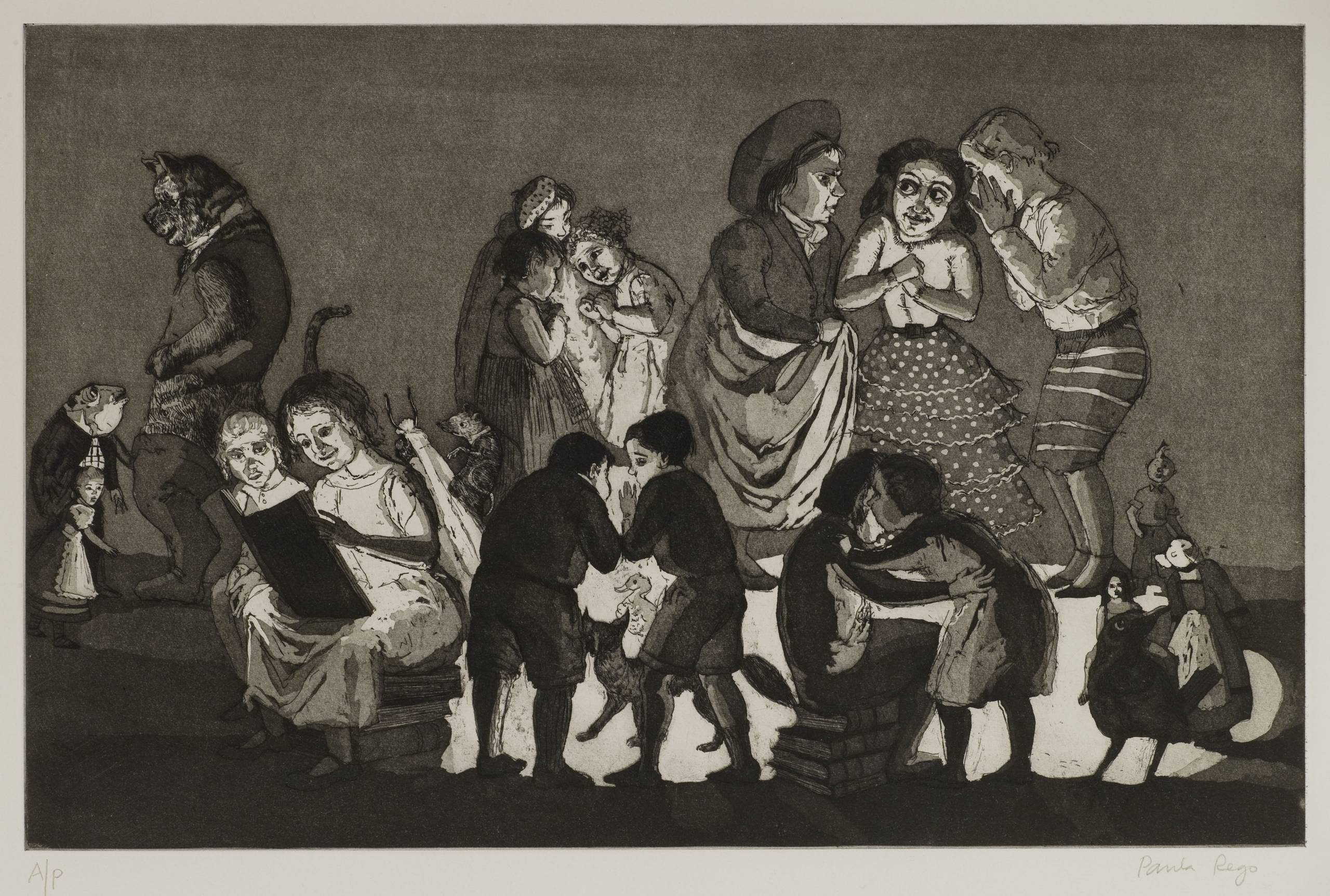
The Shelter of Stories: Ways of Telling, Ways of Dwelling curated by Marina Warner | 25 October 2025 – 22 February 2026
Curated by the writer Marina Warner, this groundbreaking exhibition explores the art of storytelling, its close relationship with the sense of home and belonging and its vital role in times of upheaval and displacement.
Bringing together historic objects and images, alongside works by leading contemporary artists, the exhibition will introduce visitors to a different approach to storytelling, and ask, through a range of artefacts in different media. Why do we tell stories and what do they achieve?
The Shelter of Stories will unfold in distinct sections, with each one focusing on a different aspect of storytelling. The first will transport visitors to the sites where storytelling has traditionally taken place, from tales told by the hearth side and the campfire to puppet shows in the bustling city street. Works by South Korean artist Do Ho Suh (b.1962) and Lebanese artist Mounira al Solh (b.1978) will embody the title of the show, highlighting how stories can provide shelter, where fears can be faced, difficult subjects addressed, knowledge passed on, and hope kindled. An array of objects including puppets, masks, dioramas, instruments, and board games will display creative methods storytellers around the globe have used to breathe life into their subjects and reveal some of the many ways stories travel and enter our consciousness.
Subsequent rooms look at the function’s stories fulfil, socially and personally. These include confronting and overcoming dangers and monsters, imagining and entering other worlds, sharing wisdom and knowledge, coexisting with animals and natural phenomena and building collective solidarity and hope in times of difficulty. Works by artists including Paula Rego (1935-2022), Ana Maria Pacheco (b.1943) are among the highlights. The role of storymaking, in terms of fostering a feeling of belonging, forms the central theme of the show’s final section. Envisaged as a space for communion and creative expression, this part will consider the importance of building culture together, between locals and incomers, nationals and strangers. The exhibition draws on the Stories in Transit project – which began in 2016 in Palermo, Sicily, where many of those fleeing wars and famine arrive from different parts of the world.
